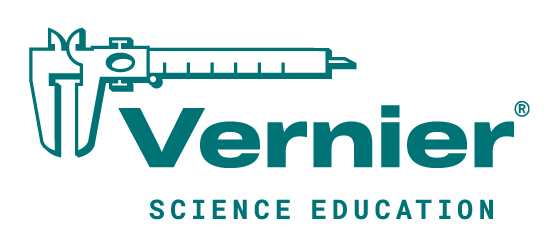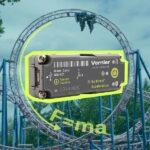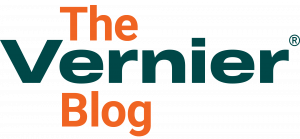
Sharing ideas and inspiration for engagement, inclusion, and excellence in STEM
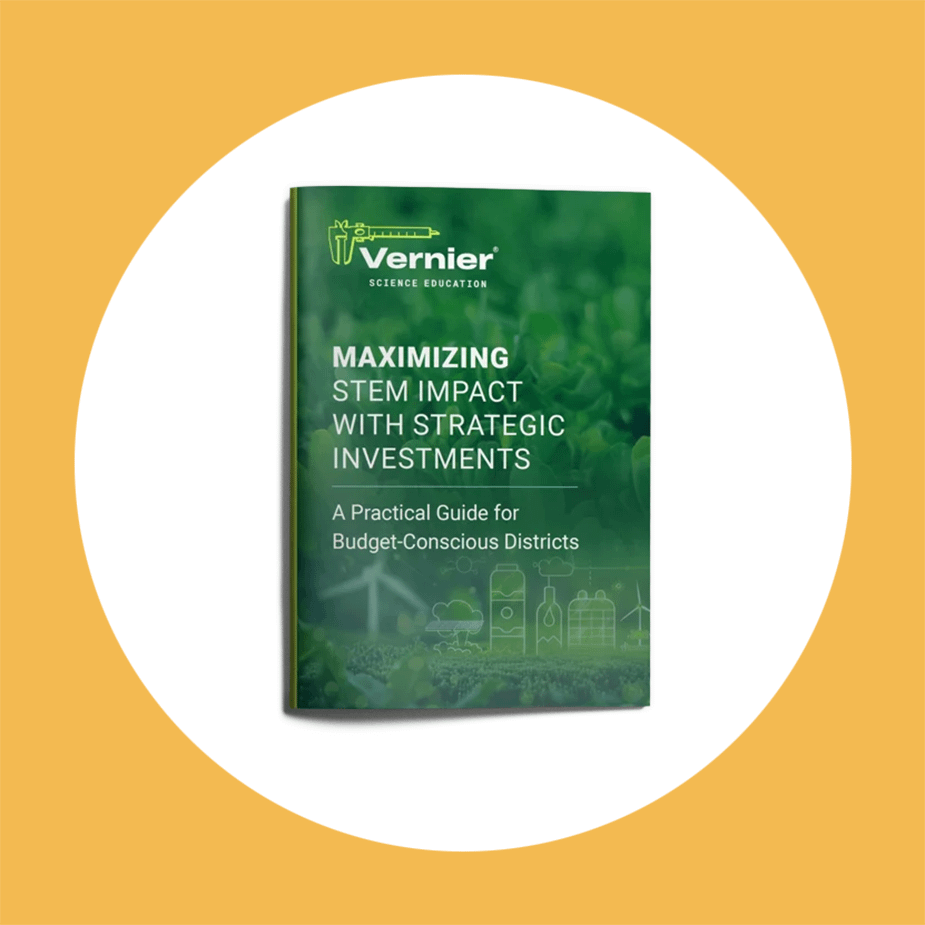
Are you planning on making new STEM investments this year or looking for ways to get more from the STEM technology you already have? Vernier’s newest guide, Maximizing STEM Impact with Strategic Investments: A Practical Guide for Budget-Conscious Districts, offers a step‑by‑step framework for district leaders seeking to improve science instruction.
From auditing existing lab tools to planning professional development that delivers a strong return on investment, this guide helps you make decisions that support long-term student success. Here are five of the most impactful strategies.
1. Audit Your Classroom Labs
Many districts have high‑quality sensors and probeware that are sitting in storage or underutilized due to staff turnover or outdated software. A simple equipment audit can uncover valuable resources that are ready to be activated and put back into use.
Before making new purchases, take the time to evaluate what’s already in your schools. Determine what’s functional, what needs support or repair, and what might be repurposed for other classes or subjects. This process can reveal resources you can activate immediately and free up funds you can use for targeted upgrades instead of replacements.
Download our District Science Lab Assessment to access a ready‑to‑use reflection tool that will help department leaders identify gaps, align purchases with STEM goals, and prioritize smart investments district‑wide
2. Align STEM Solutions to Real Student Gaps
The most effective STEM tools directly support learning goals and help close achievement gaps. Before investing, ask: Will this tool help students master a specific concept or standard they currently struggle with?
For example, if high school chemistry classes already use basic glass thermometers but students still struggle with concepts related to energy transfer, consider upgrading to technology that bridges those gaps. A traditional thermometer captures a single reading in the moment, but it doesn’t help students visualize temperature changes during a reaction or connect those changes to underlying cause‑and‑effect relationships.
Investing in digital temperature sensors lets students continuously record temperature shifts and instantly see trends in a graph. Pairing them with hands‑on, three‑dimensional instructional materials can help students move from basic observations to understanding the patterns behind temperature changes, building deeper conceptual understanding and data literacy.
When technology is matched to the most pressing instructional needs, it not only makes complex ideas more accessible—it also ensures your investments deliver measurable impact.
3. Share Resources Across Schools or Grade Levels
Some specialized STEM tools are only used a few times a year, then sit on the shelf until the next unit. By rotating resources across classrooms, grade levels, or schools, districts can maximize usage, reduce duplication, and improve efficiency.
This approach isn’t limited to physical equipment. Software solutions can also be shared across subjects and schools through district- or site‑level licenses. For example, Vernier Video Analysis® can be used in physics, math, and human physiology classrooms to help students collect, graph, and analyze motion data using videos from their own devices.
With a subscription site license, every student and educator at a school (or across 5+ schools with a district license) has unlimited access on any device, including personal ones. This ensures broader reach, consistent access, and cost savings compared to individual licenses. A three‑year site license for Video Analysis, for example, saves districts $225 while giving teachers a versatile tool that integrates across grade levels and disciplines.
When supported by a coordinated district-level plan and professional development, well-chosen shared resources, whether hardware or software, can extend the impact of your investments and ensure more students benefit from high‑quality STEM experiences.
4. Prioritize Professional Development
Districts get the best return on STEM investments when educators have the skills, confidence, and strategies to use tools regularly and integrate them into the curriculum. Without that support, valuable resources risk going underused and students miss out on hands‑on learning.
Well-planned professional development that connects technology directly to instructional goals makes it easier for teachers to incorporate hands-on investigations into their weekly routines. The result is more consistent instruction, stronger student engagement, better teacher retention, and measurable gains in achievement across the district.
Resource: Our free guide includes a printable “Teacher Support Report Card,” an assessment tool to gauge teacher needs, plan PD, and build capacity across your team.
5. Plan Backwards by Mapping Investments to District Goals
Effective district planning starts with a clear vision: What do you want your science program to accomplish? What do you need to achieve those goals? How can you improve science instruction district‑wide?
By working backward from long-term outcomes, you can identify and map investments that close gaps, build teacher confidence, and align instruction across K–12. This alignment will reduce the chances of purchases that are underused.
Maximize STEM Impact with Strategic Investments Today
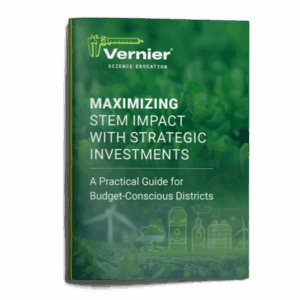
With smarter investments today, you can build stronger science programs tomorrow. Don’t miss out on more practical tools, planning templates, and strategies you can use to transform your STEM investments into meaningful student outcomes without overspending. Download your free guide today.
If you are considering an adoption, would like an assessment of your current technology, or seeking professional development options, we are here to support you every step of the way. Contact our partnership managers at k12outreach@vernier.com.
Questions about our technology? Reach out to us at support@vernier.com or call 888‑837‑6437.
Share this Article
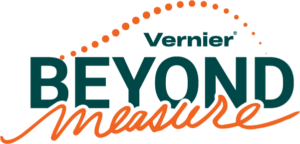
Sign up for our newsletter
Stay in the loop! Beyond Measure delivers monthly updates on the latest news, ideas, and STEM resources from Vernier.
